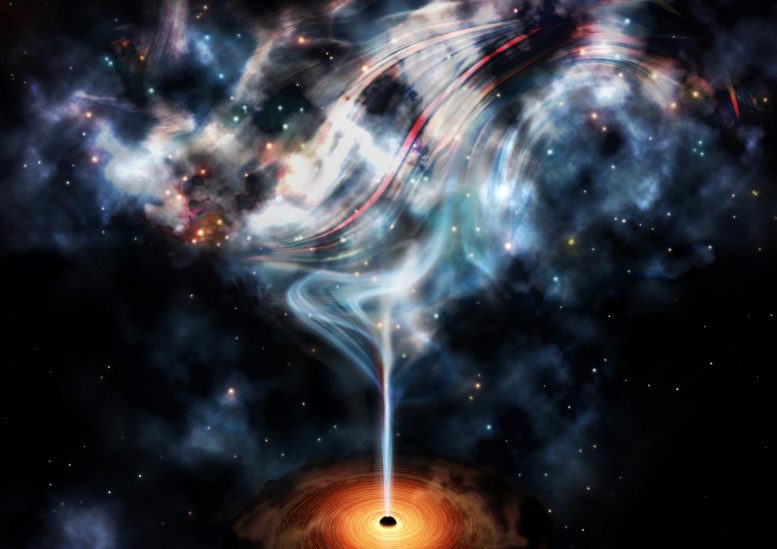
An artist’s impression of the jet launched by a supermassive black hole, which inflates lobes of very hot gas that are distorted by the cluster weather. Credit: Institute of Astronomy, University of Cambridge.
“Weather” in clusters of galaxies may explain a long-standing puzzle, according to a team of researchers at the University of Cambridge. The scientists used sophisticated simulations to show how powerful jets from supermassive black holes are disrupted by the motion of hot gas and galaxies, preventing gas from cooling, which could otherwise form stars. The team published their work in the journal Monthly Notices of the Royal Astronomical Society.
Typical clusters of galaxies have several thousand-member galaxies, which can be very different from our own Milky Way and vary in size and shape. These systems are embedded in very hot gas known as the intracluster medium (ICM), all of which live in an unseen halo of so-called ‘dark matter’.
A large number of galaxies have supermassive black holes in their centers, and these often have high-speed jets of material stretching over thousands of light-years that can inflate very hot lobes in the ICM.
The researchers, based at the Kavli Institute for Cosmology and the Institute of Astronomy, performed state-of-the-art simulations looking at the jet lobes in fine detail and the X-rays emitted as a result. The model captures the birth and cosmological evolution of the galaxy cluster, and allowed the scientists to investigate with unprecedented realism how the jets and lobes they inflate interact with a dynamic ICM.
They found that the mock X-ray observations of the simulated cluster revealed the so-called “X-ray cavities” and “X-ray bright rims” generated by supermassive black hole-driven jets, which itself is distorted by motions in the cluster, remarkably resemble those found in observations of real galaxy clusters.
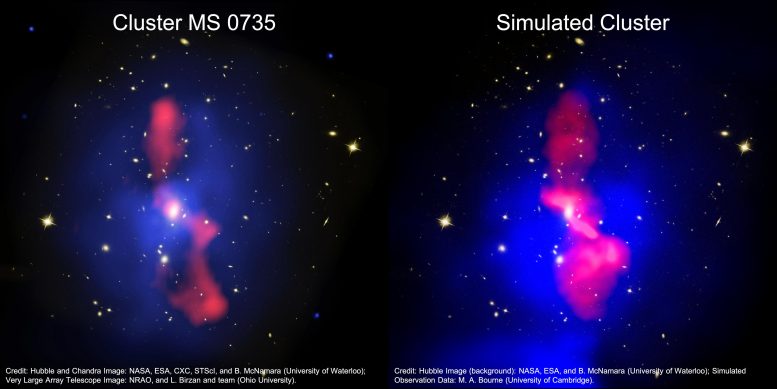
The left hand panel shows an actual observation of the galaxy cluster MS 0735.6+7421, while on the right the background Hubble image has instead been overlaid with a mock observation of the jet (pink) and X-ray emission (blue) made from the simulation. Both images show cavities excavated by the lobe inflation surrounded by X-ray bright rims of dense gas (blue), which are filled by distorted jet material (pink). Credit: Hubble and Chandra Image: NASA, ESA, CXC, STScI, and B. McNamara (University of Waterloo); Very Large Array Telescope Image: NRAO, and L. Birzan and team (Ohio University); Simulated Data: M. A. Bourne (University of Cambridge).
Dr. Martin Bourne of the Institute of Astronomy in Cambridge led the team. He commented: “We have developed new computational techniques, which harness the latest high-performance computing technology, to model for the first time the jet lobes with more than a million elements in fully realistic clusters. This allows us to place the physical processes that drive the liberation of the jet energy under the microscope.”
As galaxies move around in the cluster, the simulation shows they create a kind of ‘weather’, moving, deforming, and destroying the hot lobes of gas found at the end of the black hole jets. The jet lobes are enormously powerful and if disrupted, deliver vast amounts of energy to the ICM.
The Cambridge team believe that this cluster weather disruption mechanism may solve an enduring problem: understanding why ICM gas does not cool and form stars in the cluster center. This so-called “cooling flow” puzzle has plagued astrophysicists for more than 25 years.
The simulations provide a tantalizing new solution that could solve this problem. Dr. Bourne commented: “The combination of the huge energies pumped into the jet lobes by the supermassive black hole and the ability of cluster weather to disrupt the lobes and redistribute this energy to the ICM provides a simple and yet elegant mechanism to solve the cooling flow problem.”
A series of next-generation X-ray space telescopes will launch into orbit over the next decade. These advanced instruments should help settle the debate – and if intergalactic weather really does stop the birth of stars.
###
Reference: “AGN jet feedback on a moving mesh: lobe energetics and X-ray properties in a realistic cluster environment” by Martin A Bourne, Debora Sijacki and Ewald Puchwein, 26 September 2019, Monthly Notices of the Royal Astronomical Society.
DOI: 10.1093/mnras/stz2604
The simulations have been performed on the STFC DiRAC HPC facilities which are part of the national e-Infrastructure. The research was funded by the European Research Council, STFC and the Kavli Foundation.

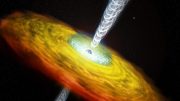
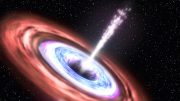


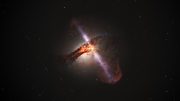



I’ve never heard a reasonable, logical explanation (there’s certainly no real scientifically based explanation) of how black hole theory accounts for black holes gobbling up everything that comes across their path, even including LIGHT of all things, and yet on the other hand how they can also at the same time spit out powerful collimated jets thousands of light years in length. Which is it? Logically, this is totally contradictory and by itself should call into question black hole theory, much less all the other logical and scientific self contradictions of black hole theory. But wait, no, it’s ok, because even though we’ve found yet another unanticipated, unpredicted contradiction to the black hole theory, since we’re certain black holes exist and we’d never question that theory, we’ll just diddle around with the input parameters going in our fancy highly manipulated computer simulations to now cram this latest contradiction into our beloved (dark/black whatever) theory and call it scientific discovery and confirmation. That will show that black holes can just do that, it doesn’t really need to make sense because we can make black holes do whatever we want them to and still call it science because we’ve proven they can with each new computer simulation we create. Then we can have a sensationalistic article written about our “discovery.”
Once astrophysics got disconnected by Einstein from the governance of real scientific testing, it has run amok with wildly hyperinflated, speculative theories. At this point it basically needs to start over, and again seek theories that can be subjected to the scientific process of actually being disproven. In other words, go back to the drawing boards, the ones found laboratories.
Hopefully the earh doesnt come into the path if one of thses lazer beams from hellll!
There’s also the possibility that quasar jets can produce regular matter from one side of the quasar, and sence the quasar rotates in the opposite direction on the other side, it could produce antimatter, a mirror image of matter. Quasars are aligned parallel with each other, so one jet could feed a universe of matter, and the opposite rotating side could supply a universe of antimatter. One day, they would create a great circle and collide ending all solid matter completely. This is recorded in second Peter where it says that there will be a new heaven and a new earth.